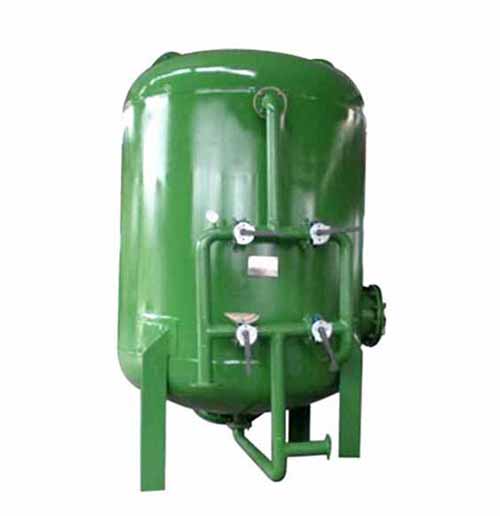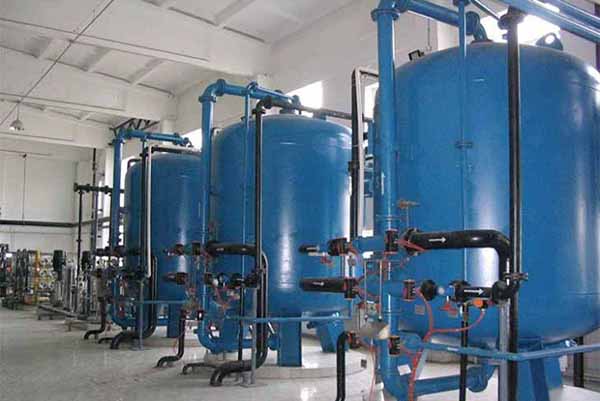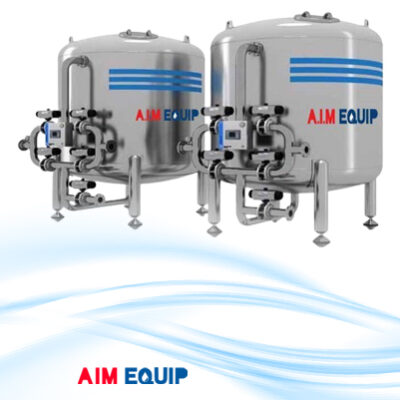Description
AIMEQUIP activated carbon filter is designed with a bed of activated carbon that effectively collects and removes contaminants and impurities. The coarse and fine particles of carbon provide a large surface area, allowing impurities and contaminations to adhere to the surface. As the water flows through the bed, the activated carbon particles attract and hold the impurities, resulting in clean and purified water.

Activated Carbon Filter Advantages
Removal of Organic Contaminants
Activated carbon filter is highly effective in adsorbing organic pollutants present in wastewater. This includes organic compounds, chemicals, and toxins. The porous structure of activated carbon provides a large surface area for adsorption, allowing it to capture and retain a wide range of organic contaminants.
Adsorption of Odors and Color
Activated carbon filter can effectively adsorb and remove unpleasant odors and color compounds from wastewater. This is particularly important in industries where the discharge of wastewater with strong odors or undesirable colors is a concern.
Removal of Trace Metals
Activated carbon filters can adsorb trace metals present in wastewater, such as mercury, lead, and copper. This is important for compliance with environmental regulations, as these metals can be harmful to aquatic ecosystems.
Decomposition of Chlorinated Compounds
Activated carbon filter is capable of decomposing or adsorbing chlorinated organic compounds, including certain pesticides and disinfection byproducts. This is particularly useful in water treatment processes where chlorination is employed.
Improved Water Quality
The use of activated carbon filters contributes to overall water quality improvement by reducing the concentration of various impurities. This can result in water that meets or exceeds regulatory standards for discharge or reuse.
Flexible Application
Activated carbon filters can be easily integrated into existing wastewater treatment processes or used as part of a customized treatment system. They can be applied at various stages of treatment, depending on the specific contaminants targeted and the overall treatment goals.
Regeneration Potential
In some cases, activated carbon filter can be regenerated and reused, making it a more sustainable option compared to single-use materials. Regeneration involves removing the adsorbed contaminants from the activated carbon, extending its lifespan and reducing operational costs.
Reduced Environmental Impact
By effectively removing contaminants from wastewater, activated carbon filters contribute to reducing the environmental impact of industrial discharges. This is particularly important in industries where wastewater may contain pollutants that could harm ecosystems.
Activated Carbon Filter Features
- The filter diameters range from 450 mm to 4000 mm in diameter
- The equipment’s dimensions are fully customizable
- The flow rate ranges from 5 to 50 m/h
- The flow rate of the water passing through the filter is determined by the filter medium, size of particulate matter, and depth of the bed
- The filters can be designed according to specific requirements, including ferrule heights, access and maintenance hole locations, inlet and outlet hoses, surface treatment, structural material (carbon steel or 304,316L stainless steel), inside layer arrangement, and backwashing system
- providing effective filtration for air and water







Reviews
There are no reviews yet.